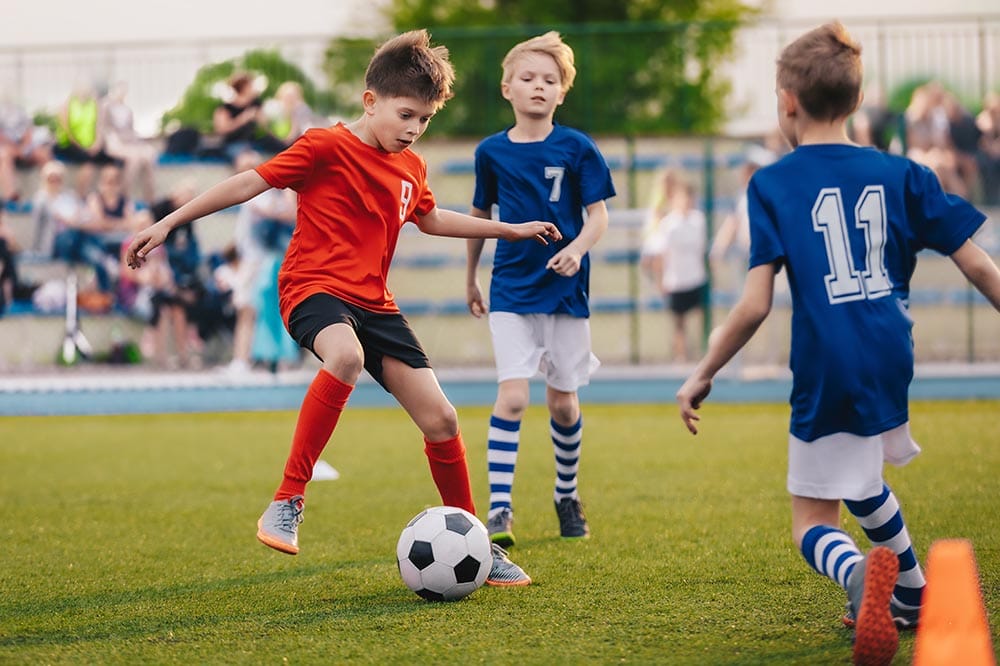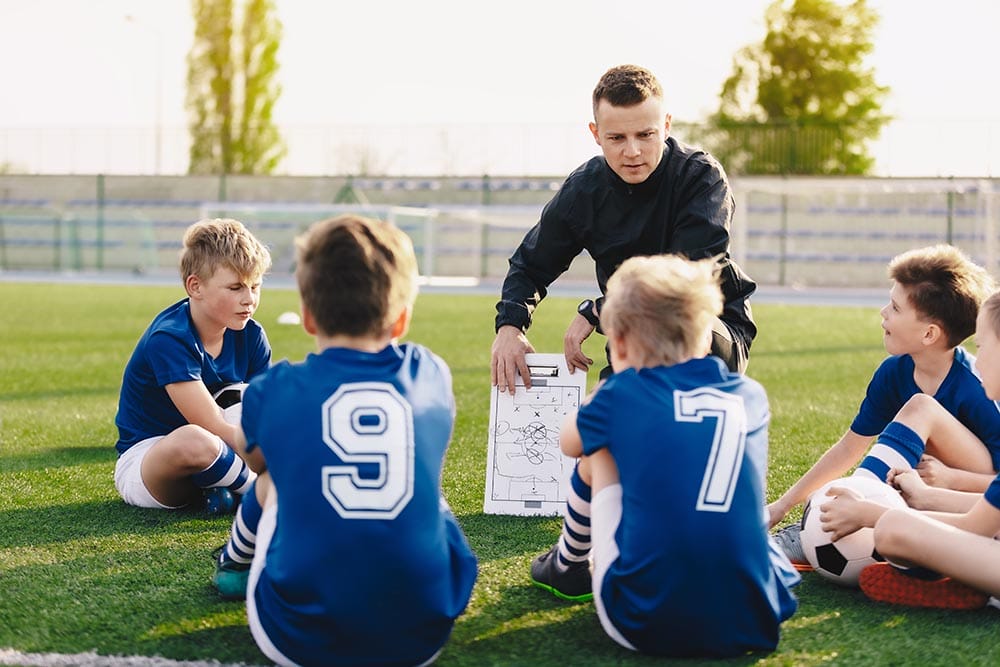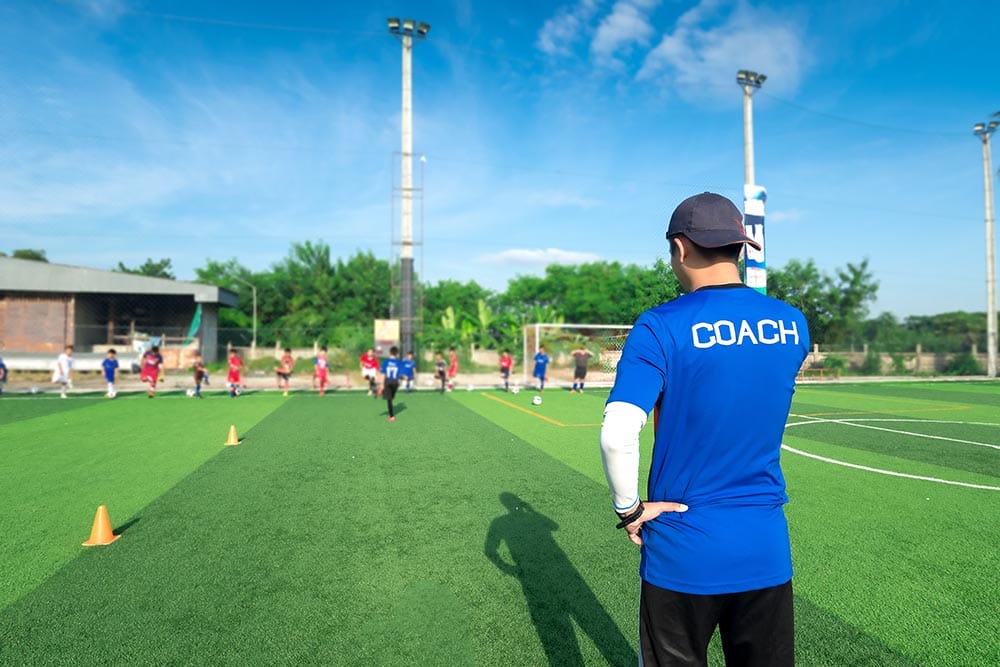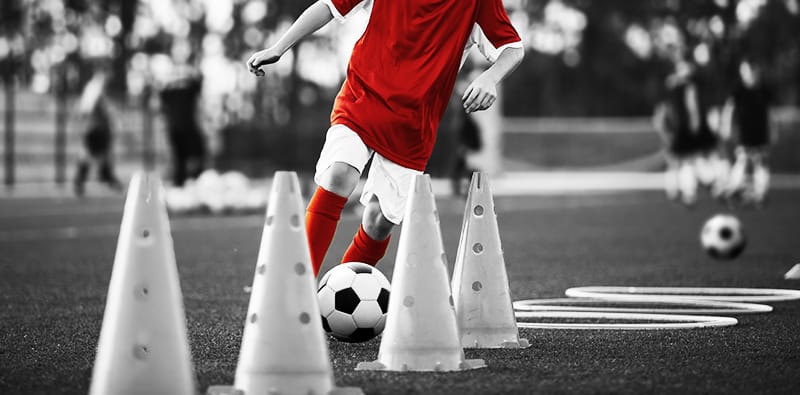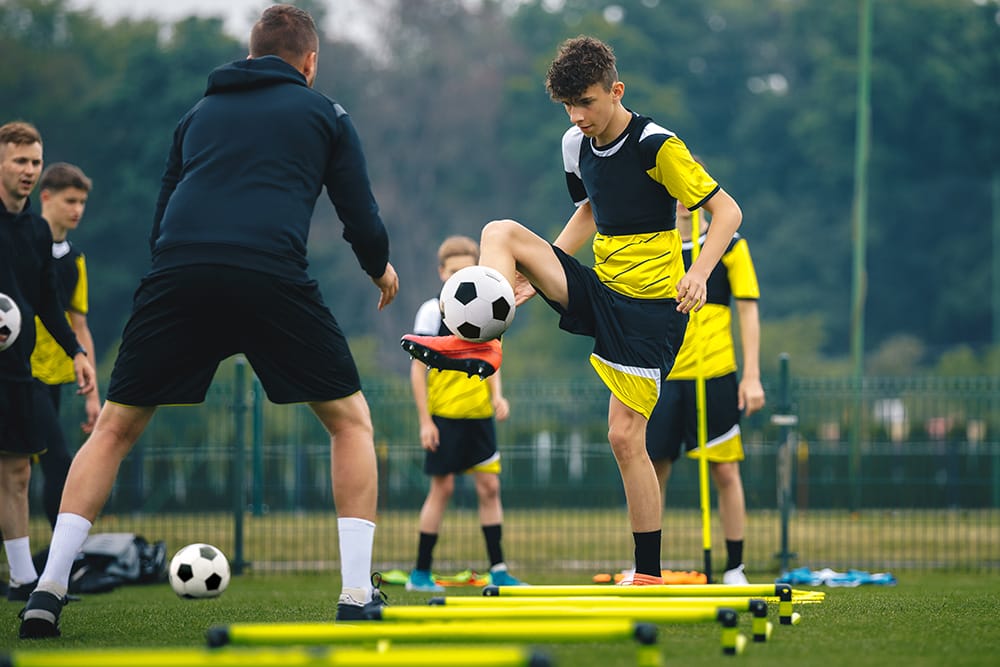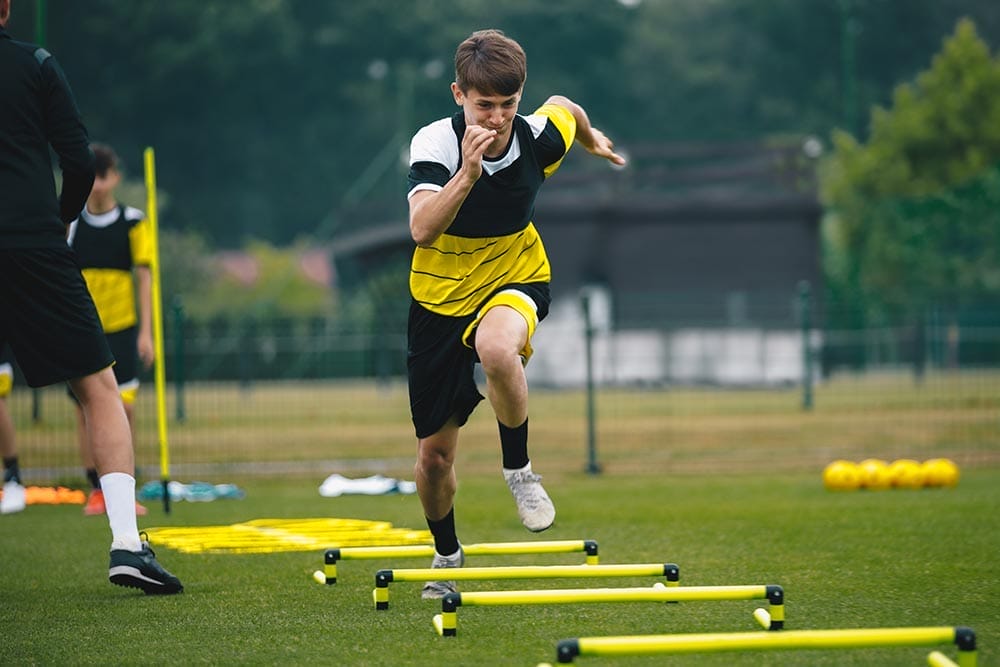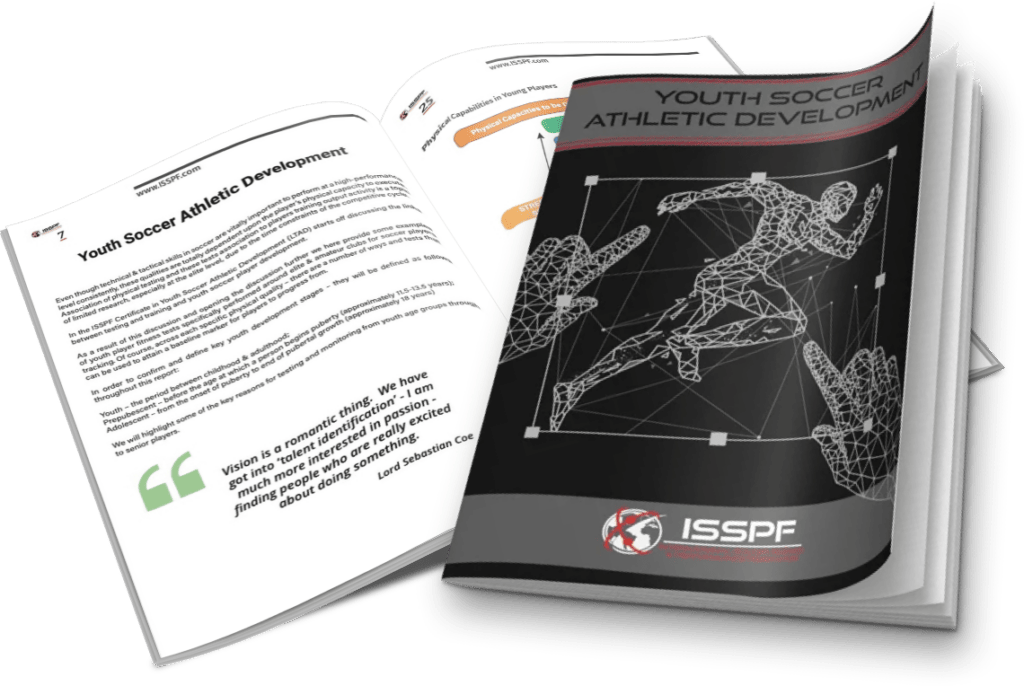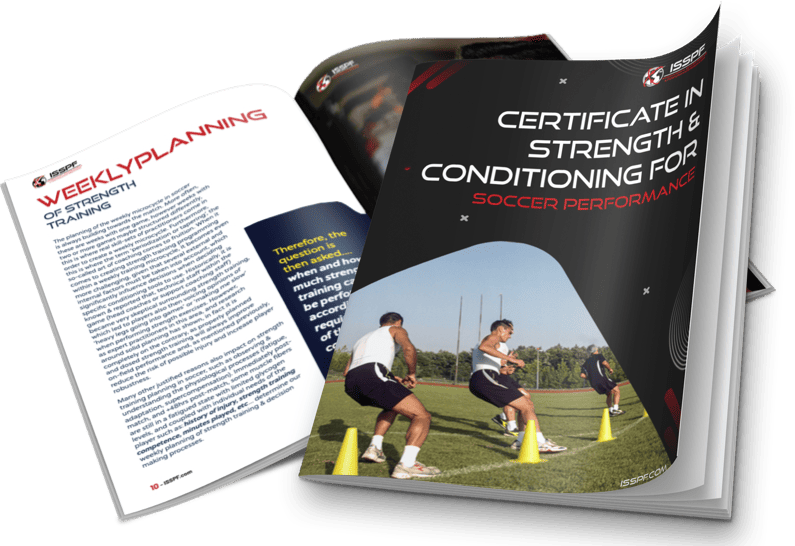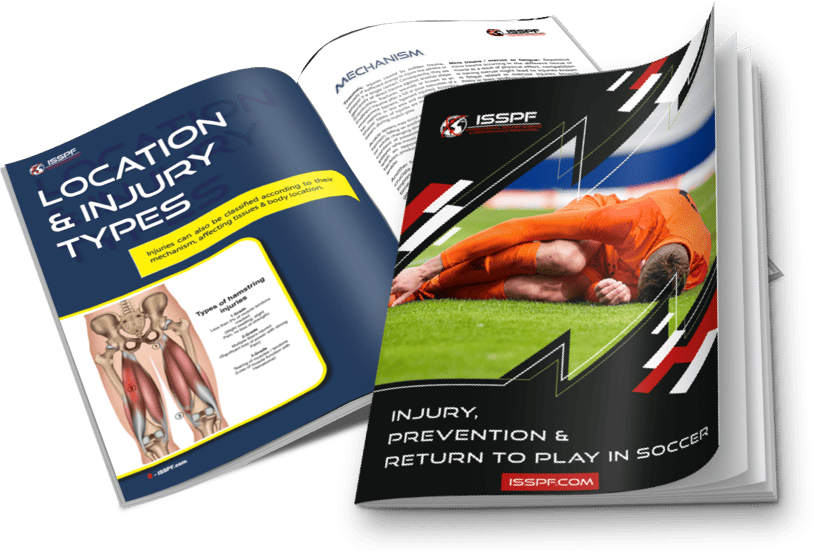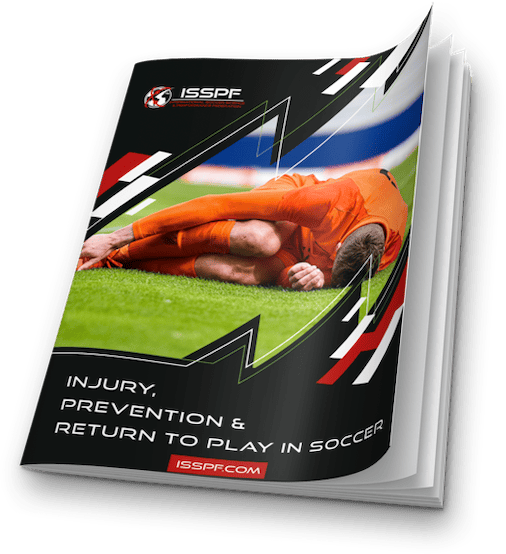Author: Philip Cauchi (Youth Development Coach)
Small-sided games have gained widespread popularity as invaluable training tools in both amateur and professional sports worldwide. They offer a highly effective and efficient means of enhancing various facets of an athlete’s development, encompassing physical, technical, tactical (as noted by Owen in 2016), mental, and socio-affective aspects.
Hill-Haas et al. (2011) liken these small-sided games to scaled-down versions of the full-scale sport, serving different purposes contingent upon the desired training outcomes.
The design of these games incorporates diverse constraints tailored to achieve specific objectives. A pivotal variable is the number of participants involved in the game and the playing area dimensions.
These factors significantly influence the structure of the game in terms of optimizing player dynamics, as emphasized by Mallo in 2022. The amalgamation of player count and playing field size yields the area allocated per player, thus defining the space available to each individual. A smaller area per player restricts their time for observation, analysis, and decision-making, intensifying pressure due to closer proximity to opponents.
This heightened pressure poses a unique challenge to players’ technical abilities, as they must receive and execute passes effectively to maintain possession or score, as argued by Owen et al. (2013).
Notably, smaller team sizes in small-sided games often result in a faster pace of play, measured in meters covered per minute, compared to medium and large-sided games. Reducing the number of players while maintaining the same field size may compel athletes to cover more ground, potentially leading to more dynamic attacking and increased defensive responsibilities.
Soccer Coaching Leaders Certificate Course – TAKE NOW
Smaller playing areas also foster more player interactions, including tackling, intercepting passes, blocking shots, and so forth, contributing to the development of soccer-specific strength.
Additionally, these games entail frequent changes in speed and direction, including sudden breaks, thereby increasing the neuromuscular demands on athletes and placing additional stress on their musculoskeletal systems.
While it’s possible to incorporate neutral players into reduced-size games, it is generally recommended to maintain an equal number of players on both teams.
This approach preserves the realism of the game and facilitates a smoother transition to actual match scenarios. From a football fitness perspective, equalizing player numbers distributes the physical demands more realistically and effectively.
For instance, consider a 4v4+2 neutral player game: the team in possession enjoys a numerical advantage of 6v4, which reduces the physical load on them. However, this advantage may limit the effort required to find space, a physically and mentally taxing endeavour.
While occasionally experiencing numerical superiority can be beneficial for specific behavioural training, the majority of training time should be dedicated to players competing on equal terms, promoting comprehensive skill development.

Utilizing expansive playing areas is typically employed to elevate metabolic power, as observed by Osgnach in 2015, and increase the volume of oxygen consumed (VO₂) during training.
Enlarging the field’s dimensions while maintaining the same number of players prompts several physiological responses, including an elevated heart rate (HR), greater VO₂ uptake, heightened blood lactate concentrations (bLa), and an increased rating of perceived exertion (RPE) among the players.
This internal load effect stems from the necessity for players to cover more extensive distances, particularly evident during defensive phases, as highlighted by Clemente in 2016 and Owen in 2016.
Playing on a larger pitch also amplifies the overall distance covered at high intensity, contrasting with the restricted space of smaller areas where natural increases in pace are limited.
However, when the primary training objective centers on passing precision and ball circulation, the employment of larger playing areas may not be the optimal strategy. Expanding the field affords players more time on the ball and extra moments for thoughtful decision-making.
This can inadvertently decelerate the game’s tempo, resulting in a reduced frequency of technical actions, as indicated by the research of Casamichana and Castellano in 2010.

Another way to stimulate intensity is using maximal ball contacts allowed in succession per player.
It is commonly argued that playing with a touch restriction rule increases the speed of play and thus ball circulation speed. This also seems to increase the HR response and bLa concentrations (Clemente, 2016).
Manipulating the rules of play seems a good way to increase the intensity from a technical and neuro-muscular perspective, especially when played in restricted spaces. In such circumstances the players will be forced to make frequent start and stops, change directions, and receive and play the ball within the permitted rules.
However, with regards to developing game intelligence the use of maximum ball contacts might not always be correct. Such is the case when we target the development the players’ creativity to solve problems in particular situations.
A typical example would be the timing of passing the ball, as when a player dribbles the ball to attract an opponent with the intention of freeing a teammate to receive it in space uncontested.
Owen (2016) mentions the role that motivation plays in small-sided games over general running. The increase in the level of motivation helps to increase the training intensity.
The players want to succeed in the game. Therefore, without their conscious effort, they will fight for every ball, move with intensity to anticipate their opponent, and get involved more in the duel. The method of scoring also helps to increase the level of intensity.
If we want the players to develop soccer-specific strength and power with a high number of duels, using goal lines, small gates, or small goals, might be a better option than using large goals defended by goalkeepers.
The former mentioned methods increase the probability of having duels, more impacts and a higher neuromuscular load.
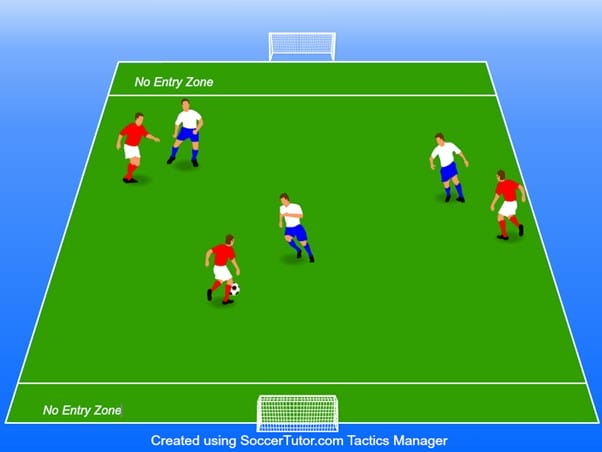
Among the various small-sided game formats scrutinized, the 3v3 configuration stands out as one of the most extensively examined.
Owen (2016) references a prior study conducted by the same author in 2004, revealing that the heart rate (HR) responses elicited by the 3v3 format closely mirror those observed in full-scale 11v11 matches.
Clemente (2016) contends that this format can facilitate the attainment of very high intensities, ranging from 87% to 94% of HRmax, and lead to blood lactate (bLa) concentrations within the 3-7.5 mmol/L range.
The dimensions of the playing area play a pivotal role in shaping the internal load imposed on players. Larger playing areas typically entail a heightened physical workload but may result in a lower technical output characterized by fewer passes, shots, interceptions, and similar actions.
The setup of small-sided games need not be overly complex; however, meticulous attention to the precise measurements of the playing area is crucial to achieving the intended training objectives.
As members of the technical staff, it is imperative that we grasp the multifaceted role that small-sided games play in nurturing the development of our players. Whether at the youth level, in amateur settings, or among the highest echelons of professional play, small-sided games fulfill diverse roles.
These encompass honing technical skills and coordination, fostering inter-sectorial communication, and providing a platform for the manifestation of strength and conditioning within meticulously tailored contexts. The onus is upon us to discern and harness their potential applications effectively.
Soccer Coaching Leaders Certificate Course – TAKE NOW
Elevate Your Coaching Game! Join the ISSPF Soccer Coaching Leaders Certificate Course!
Are you ready to take your soccer coaching skills to the next level? Look no further than the International Soccer School of Professional Football (ISSPF) Soccer Coaching Leaders Certificate Course!
👉 Unlock Your Coaching Potential:
📚 Gain invaluable insights from renowned experts in the field.
🏆 Earn a globally recognized coaching certificate.
🌎 Connect with a worldwide network of soccer enthusiasts.
📅 Course Highlights:
🔹 Comprehensive Curriculum: Learn the latest coaching techniques, strategies, and trends.
🔹 Interactive Sessions: Engage in hands-on training and real-world scenarios.
🔹 Cutting-Edge Resources: Access a wealth of resources to boost your coaching toolkit.
🔹 Flexible Learning: Study at your own pace with our online platform.
🔹 Expert Instructors: Learn from the best in the business.
🌐 Explore our Course Details: Click Here
👨🎓 Who Should Attend?
- Aspiring and seasoned soccer coaches
- Soccer enthusiasts eager to gain in-depth knowledge
- Anyone looking to excel in the world of soccer coaching
🚀 Don’t miss your chance to become a soccer coaching leader with ISSPF! Join us today and kickstart your journey towards excellence.
📞 Contact us for more information: Contact ISSPF
🔗 Visit our website to enrol and transform your coaching career: ISSPF Soccer Coaching Leaders Certificate
References (click + to expand)
References
Casamichana, D., & Castellano, J. (2010). Time-motion, heart rate, perceptual and motor behaviour demands in small-sided soccer games: Effects of pitch size. Journal of Sports Sciences, 28(14), 1615-1623.
Clemente, F.M. (2016). Small-sided and conditioned games in soccer training – The science and practical applications. Singapore: Springer verlag.
Osgnach, C. (2015, Aug 5). Is the metabolic power really understood? Gpexe. https://www.gpexe.com/2015/08/05/metabolic-power-really-understood/ accessed: September 1st, 2023.
Owen, A., Wong, D.P., Dellal, A., Paul, D.J., Orhant, E., Collie, S. (2013). Effect of an injury prevention program on muscle injuriesin elite professional soccer. Journal of Strength and Cond Research. Dec; 27(12): 3275–3285
Owen, A. (2016). Football Conditioning – A Modern scientific approach. London: Soccer Tutor.
Hill-Haas, S.V., Dawson, B., Impellizzeri, F.M., & Coutts, A.J. (2011). Physiology of small-sided games training in football. Sports Medicine, 41(3), pp. 199-220.
Lago Peñas, C. & Seirul-Lo-Vargas, F. (2021). La dirección del entrenamiento y del partido en el Fútbol y los Deportes de Equipo. Kindle version.
Mallo, J. (2022). Complex Football. From Seirul·lo’s structured training to Frade’s Tactical Periodisation (2nd ed.). Spain: Topprosoccer S.L.
Share this article:
